Streamlining public transportation has long been a favored approach to combat climate change, and rightfully so. The advent of the automobile completely changed our relationship with space, redesigning the layout of our cities to specifically accommodate cars.
But over time we learned that car transport is antithetical to efficient urban life. That’s where the problem lies: Sustainable cities depend on effective public transportation.
So why can’t we build it?
Experiencing the public transportation system in Japan for the first time was unforgettable. As a Bay Area native, my 18-mile weekend trips to San Francisco via CalTrain and Muni could sometimes take upwards of two hours. You can imagine the sense of awe I felt when I took the Shinkansen bullet train from Tokyo to Kyoto – a distance of 280 miles – in almost the same two hours.
This stark contrast brought to mind California’s own aspirations for high-speed rail. In 2008, voters sanctioned a nearly $10 billion bond to construct a rail line that could connect San Francisco to Los Angeles in under three hours.
We now know that the approach to the project was a bust. High-speed rail had an unrealistic timeline, with the system expected to be fully operational by 2020 and an estimated cost of $33 billion. Fast forward four years, and the entire route is still far from completion, with its projected cost ballooning to nearly $100 billion more than the initial budget.
Our failure to build important infrastructure is at the heart of our overreliance on cars. It was once estimated that 50% of the land in American cities is devoted to vehicular infrastructure, and nearly one-quarter is dedicated to parking lots.
In San Bernardino, for example, they account for 49% of the city’s core.
If we de-emphasized cars as a pillar of our urban planning, we could reclaim half of our cities. The solution is right under our noses.
We have the technology. We have the resources. We have the knowledge. So why haven’t we accomplished anything? It’s easy to say that Californians running for office this year should rally behind better public transit and other infrastructural improvements to limit urban sprawl. But the reality is that there is a preliminary challenge that we need to tackle. The high-speed rail project illustrates the greater issue at large: No matter how innovative or ambitious the solution is, California just can’t seem to get these infrastructure plans off the ground.
First and foremost, legislators need to support streamlining the process of infrastructure construction – and it starts with realistic project goals and transparent planning.
Our history suggests that we chronically underestimate the cost of projects, encountering scope creep that escalates both prices and stakes. Each time a new interest-holder raises a concern in the midst of a project, it becomes more expensive and more problematic. California needs planning processes that involve stakeholders from the outset – something more future-proof and inclusive.
California has already made strides in this direction, as seen in Gov. Gavin Newsom’s infrastructure streamlining package. In Newsom’s words, it’s about tackling California’s “pervasive mindset of ‘no.’” Los Angeles Times columnist George Skelton observed that a big reason for this mindset is that Californians have become increasingly environmentally conscious. Yes, environmental concerns are often used as justification to oppose projects, but this awareness is a strength. More awareness means we can now make more informed and sustainable decisions, creating infrastructure that contributes positively to our surroundings rather than detracts.
Unimplemented ideas have little value. People are losing trust in the state’s ability to build things, and climate change isn’t going to wait.
Originally published in CalMatters

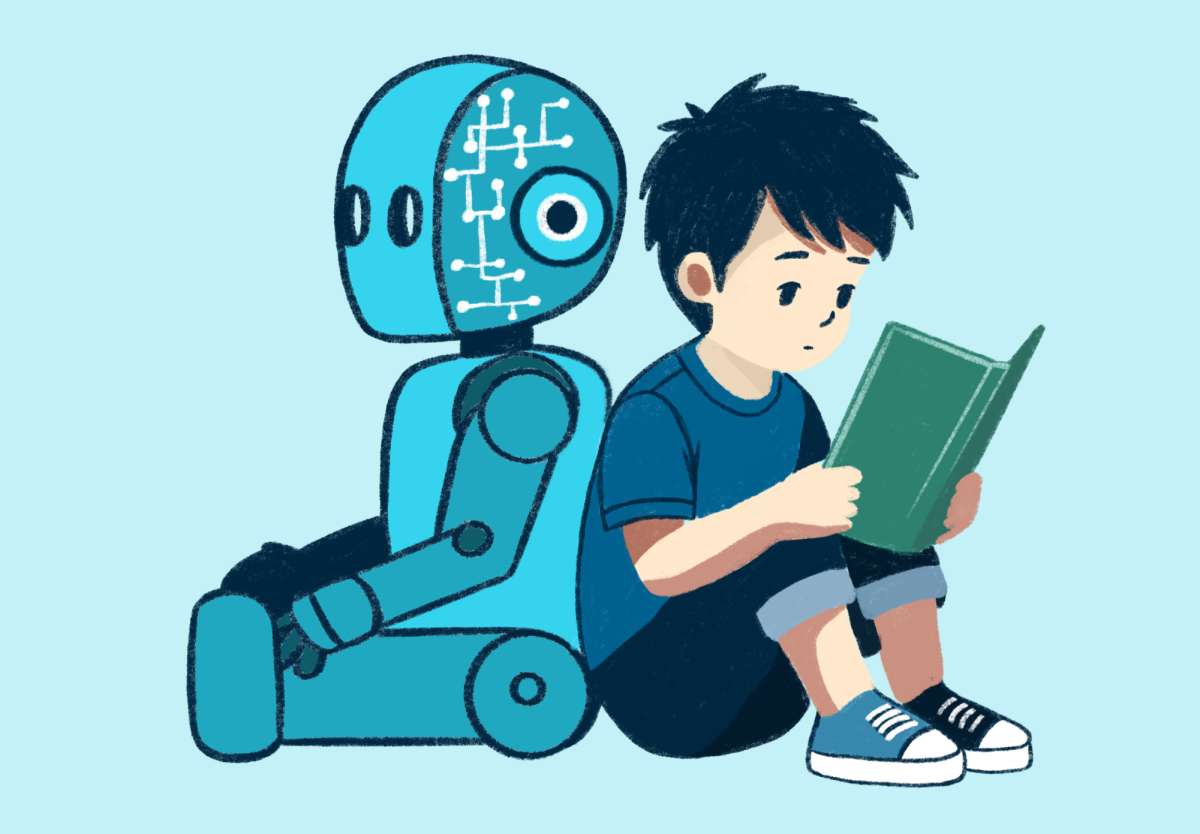
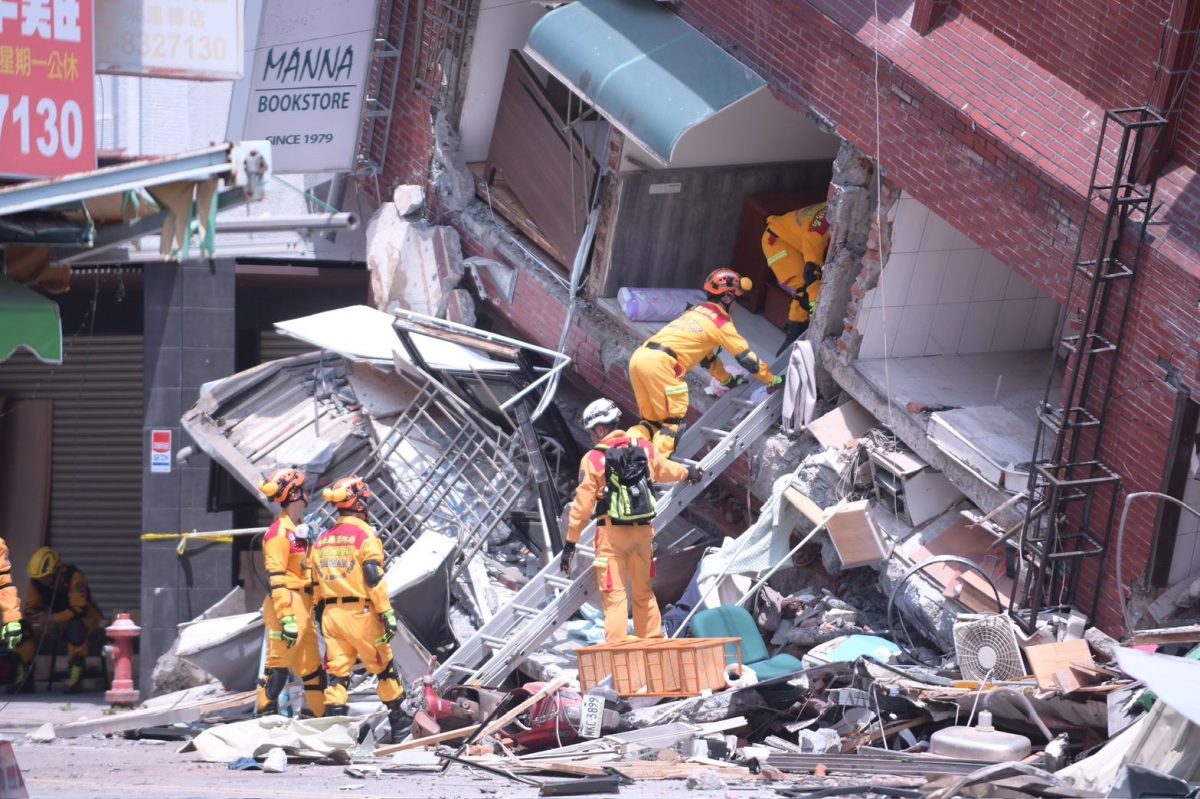
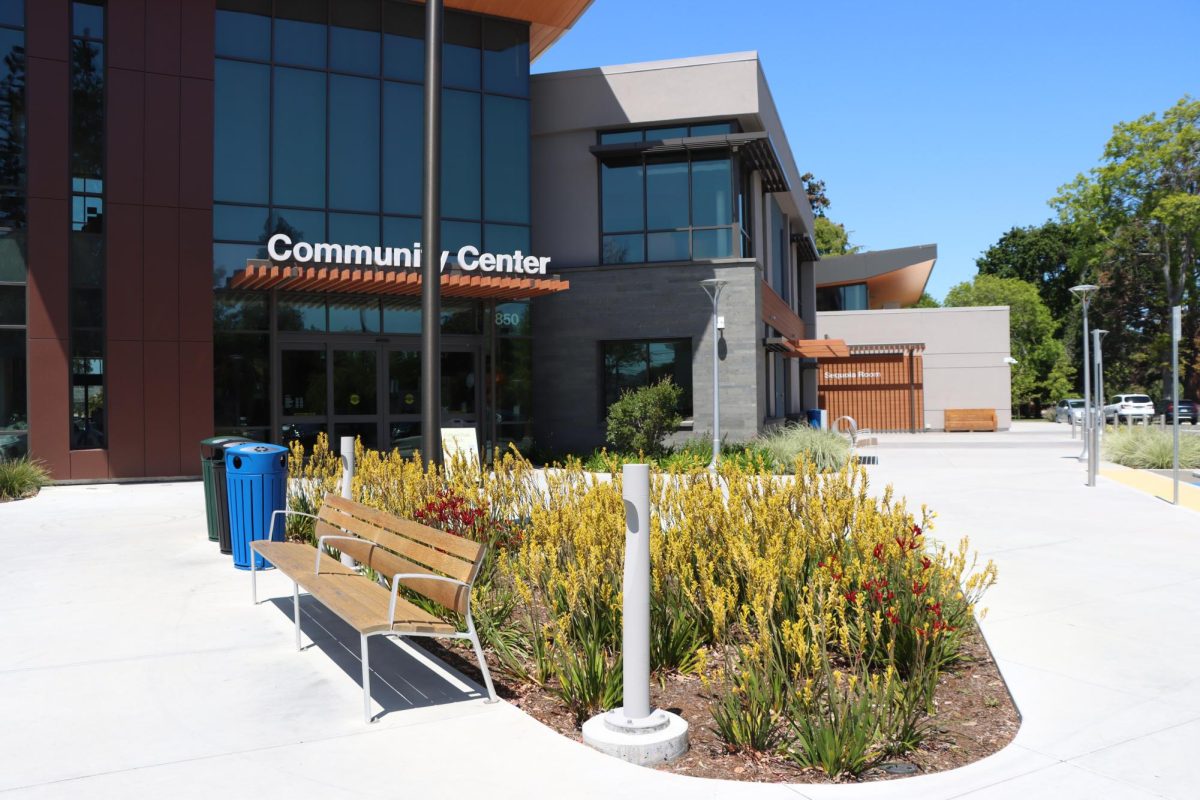

![WASC looks for more than the basic California State standards. According to chairperson Mike Woo, “As new rules and new concerns come up through society, [WASC] look[s] is the school doing something about that. Like the biggest trend post-COVID is mental wellness. So is your school doing something to address the mental health of the students? Along with are they still doing the proper academics?”](https://theburlingameb.org/wp-content/uploads/2024/03/IMG_3401-1200x1200.png)
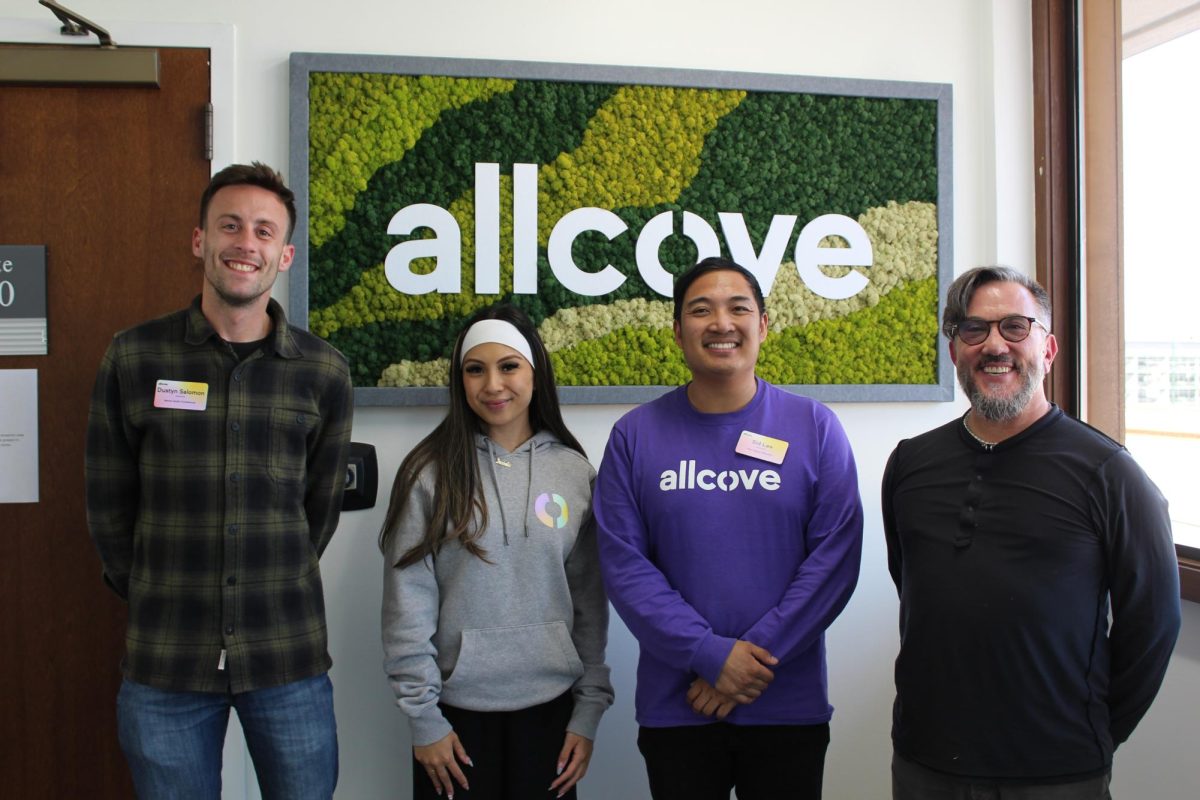





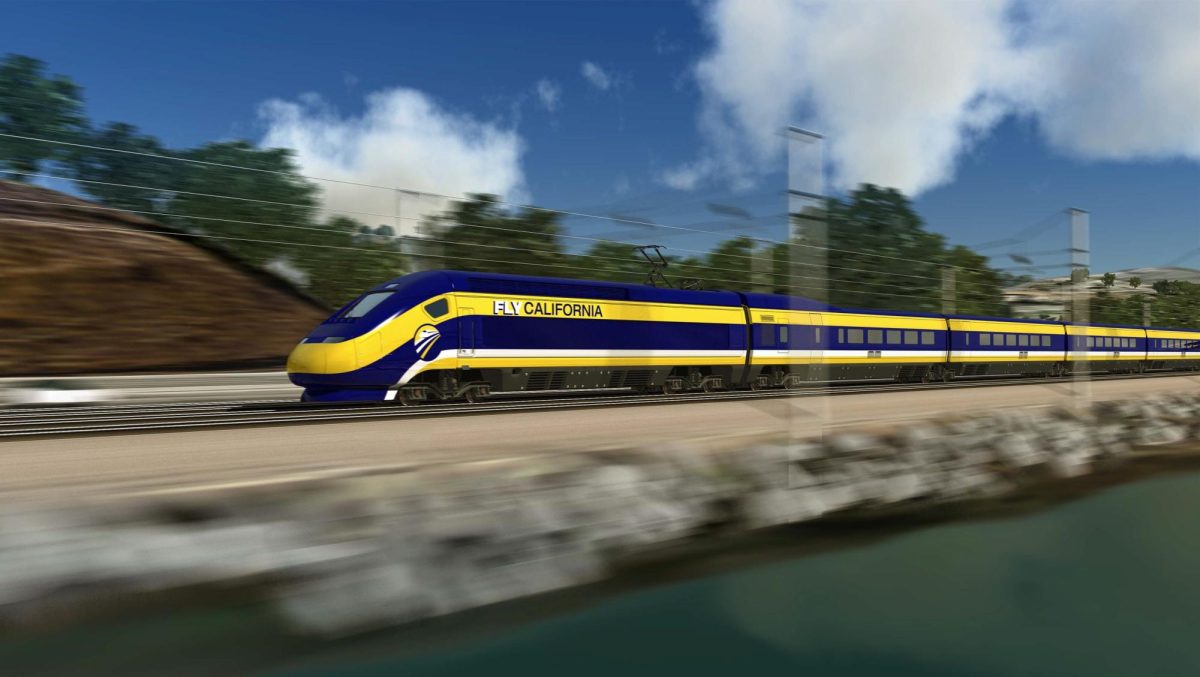





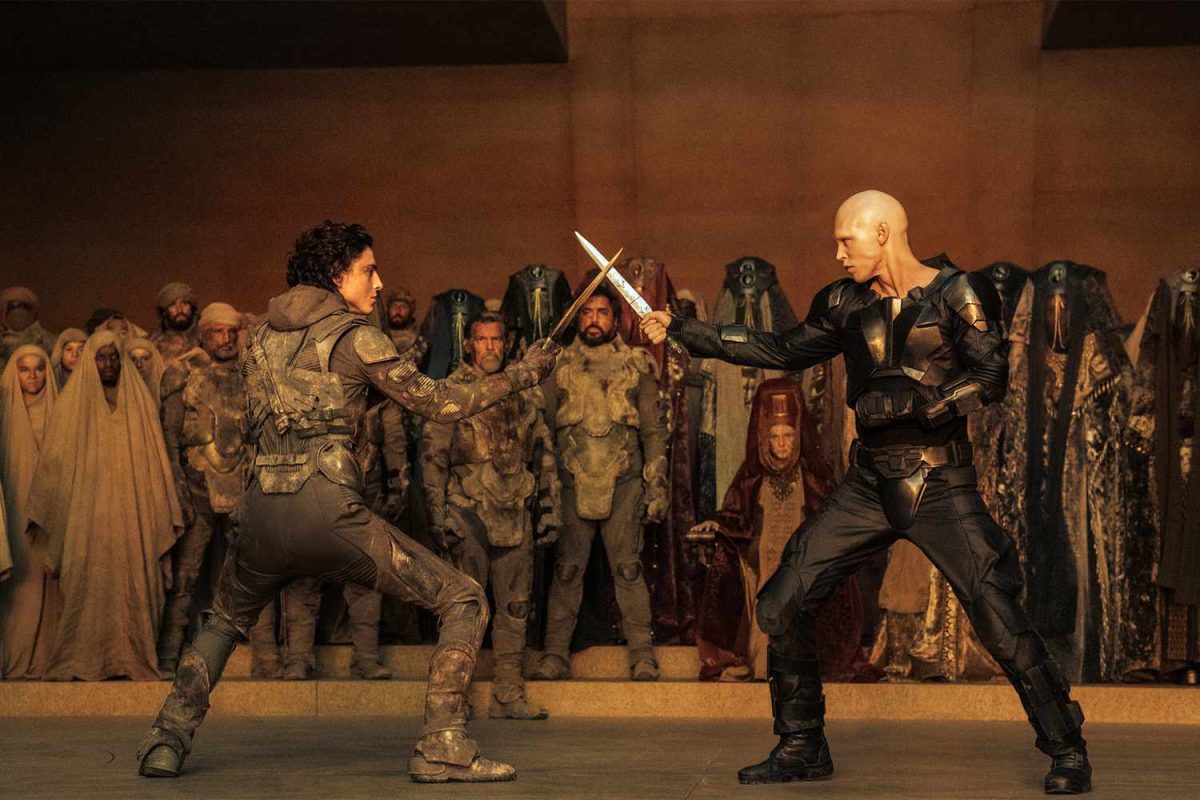



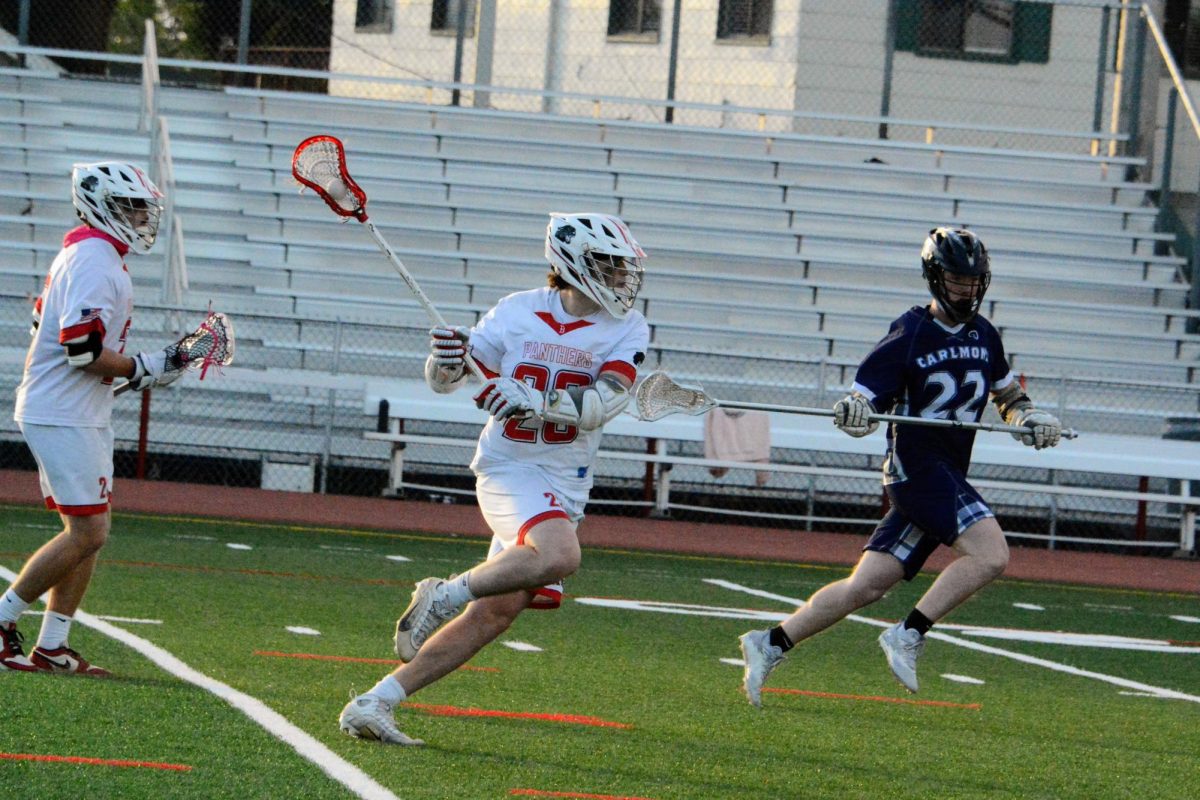



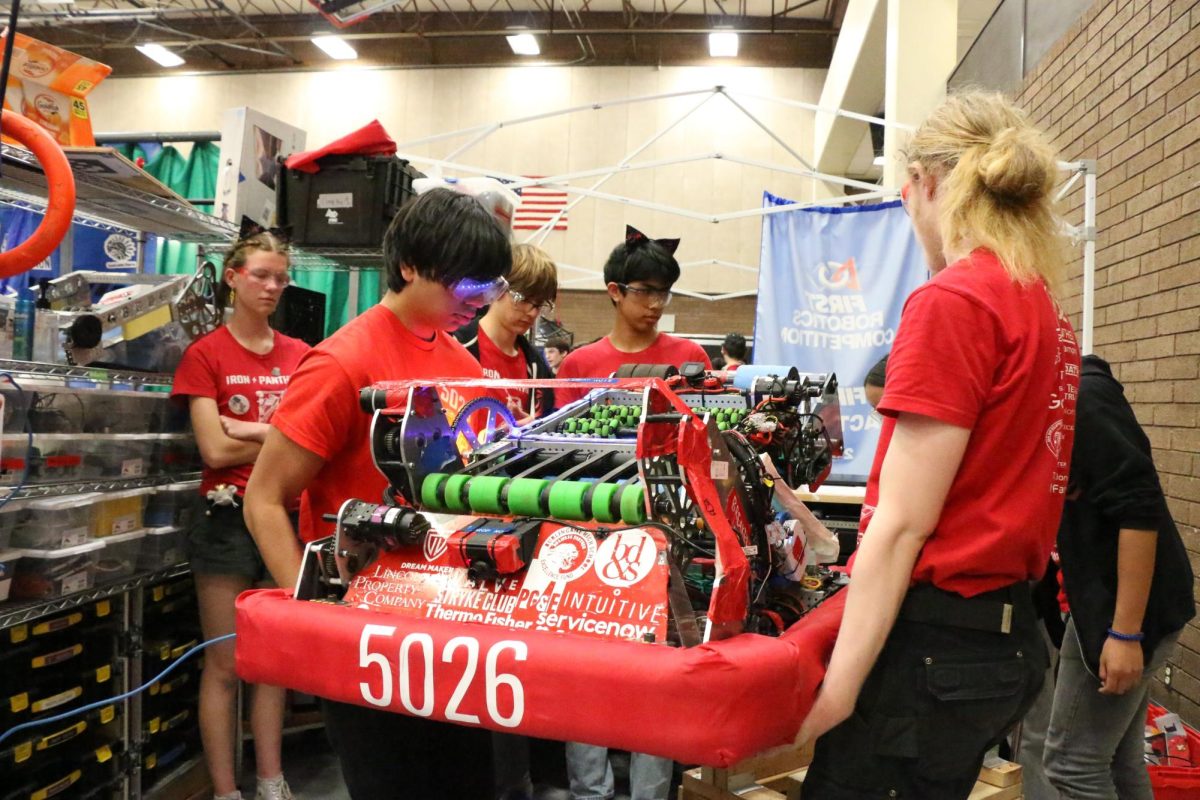
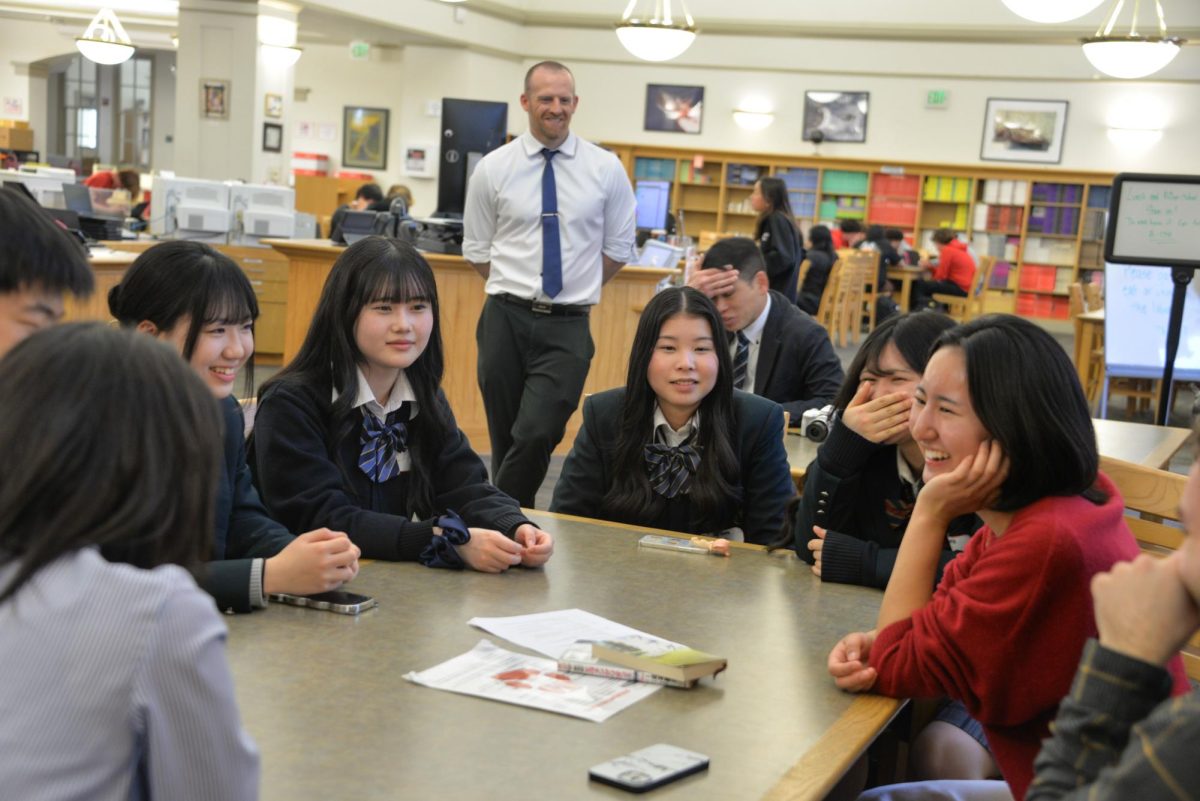
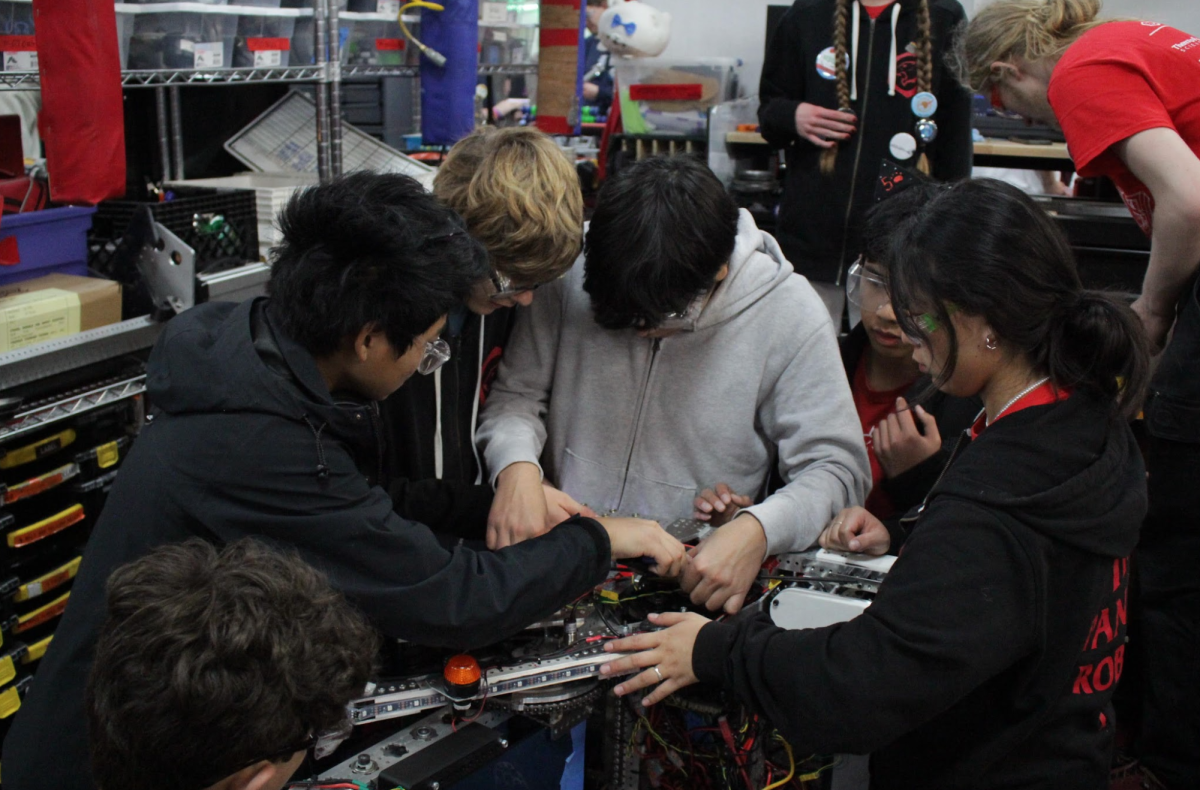
![“For me personally, I want [others] to see the music program as a strong union because we can really bring out the life of our school,” Vega said. “We need music, you know? Otherwise, things would be really silent and dead.”](https://theburlingameb.org/wp-content/uploads/2024/03/unnamed-1200x801.jpeg)




